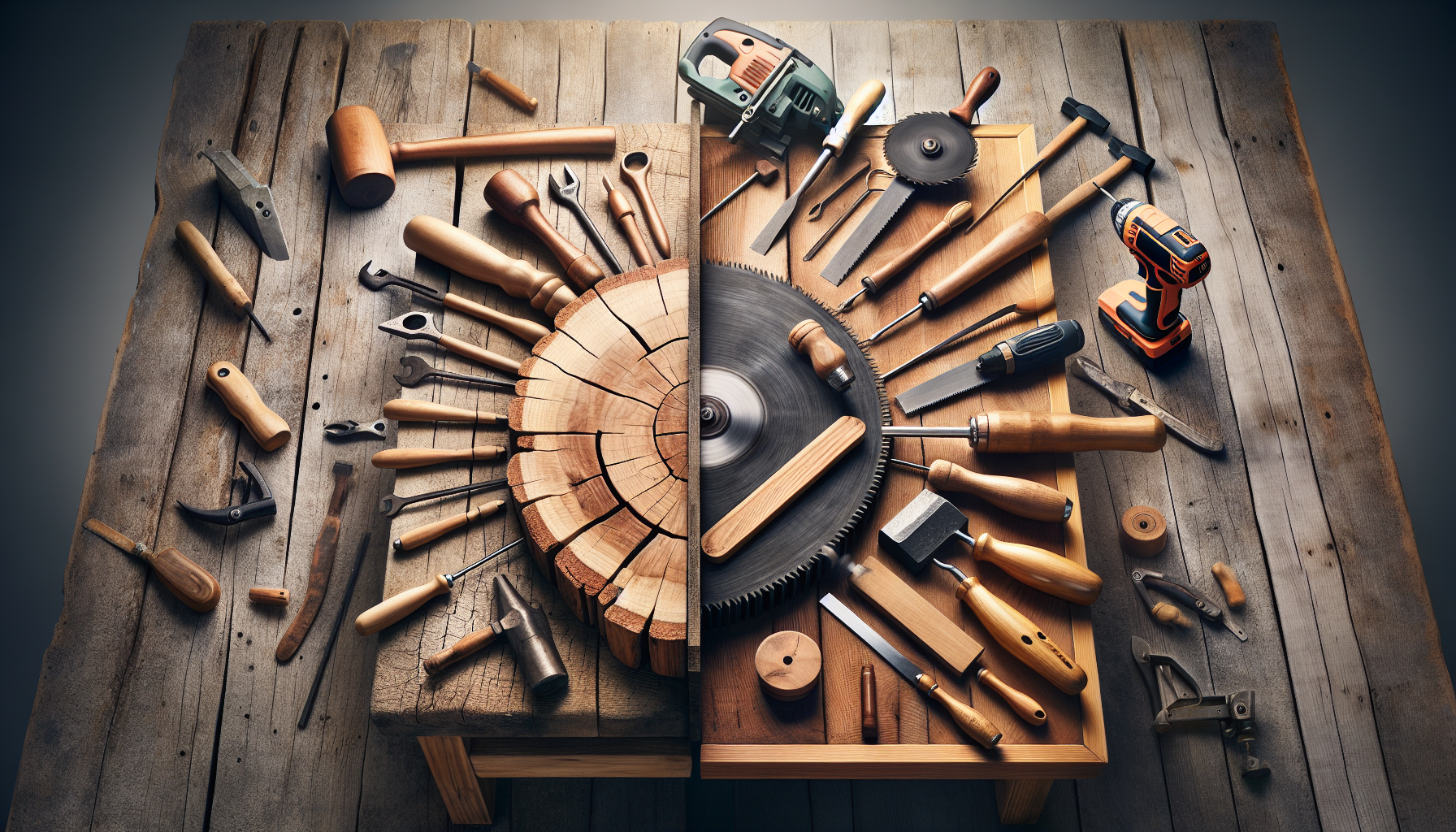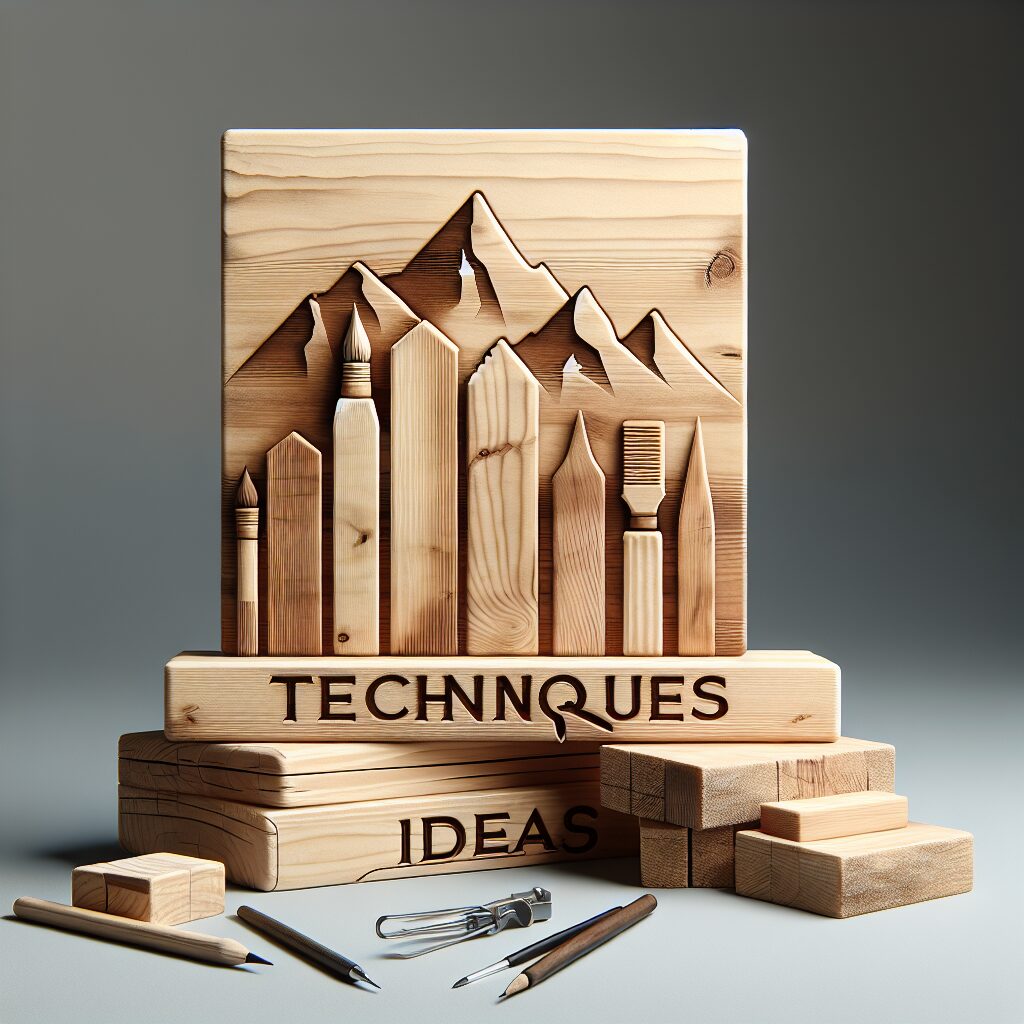The world of woodworking offers immense variety, from time-honored traditional techniques to cutting-edge modern technology. Mastering a mixture of both hand tools and power tools can enhance the efficiency, craftsmanship, and satisfaction derived from this versatile craft, birthing a phenomenon termed as “hybrid woodworking”. Let’s explore the compelling possibility of merging old cabinets with new gadgets in your workshop.
Understanding the Hybrid Approach: A Blend of Old and New
Strong, precise, and fast power tools are often the stars of modern workshops. However, woodworking is an art of nuance and accuracy that can best be achieved through mastering traditional hand tool techniques. Hybrid woodworking is the technique of fusing the best of both worlds, using the strengths of each to bolster the other.
Power tools are usually employed during the early phases of a woodworking project where speed, raw power, and long straight cuts are advantageous. Hand tools, however, shine during the refining stages and for intricate details that demand precision and control. Therefore, having both in your arsenal can significantly enhance the quality of your woodworking projects while reducing the time taken to complete them.
In hybrid woodworking, every tool in your shop, classic or contemporary, coexists to support your projects. By strategically combining the uses of different tools, you can achieve complex designs and tight tolerances without sacrificing efficiency.
Starting with the Right Foundation: A Well-Equipped Workspace
To thrive in hybrid woodworking, your workspace should be well-equipped with both power and hand tools. A core set of essential power tools, such as a table saw, drill press, and a quality woodworking machine for your larger tasks, forms the foundation.
On the other hand, essential hand tools like chisels, hand planes, gouges, and coping saws should find a home in your workshop for intricate and precision tasks. All these tools should be organized pragmatically within your workspace to facilitate efficiency and safety, a concept detailed in our workspace organization guide.
Navigating the Hybrid Path: Tips and Techniques
- Define your project: Your project’s nature, size, and intricacy should dictate what tools to use when. Precision projects may call for more hand tool usage, while large furniture crafting might need more power tool intervention.
- Select the right wood: Different types of wood react differently to hand and power tools, and understanding this can significantly impact the results of your project. Our comprehensive guide on different wood types can give you a head start.
- Plan your steps: Planning your project in stages can help you optimize tool use. Use power tools for prep work and hand tools for detailed work.
- Invest in quality tools: Quality tools, be it hand or power, are essential for efficient and safe woodworking.
The Quest for Balance: Role of Safety and Efficiency
A dominating factor in hybrid woodworking is maintaining a high level of shop safety while achieving the efficiency a power tool brings into the picture. Conceptually, while hand tools offer unmatched precision and control, power tools offer unparalleled swiftness and strength. Finding the right balance between these two opposing forces ensures that you get the best of both aspects in your woodworking journey.
Crucial safety measures associated with both types of tools should be strictly adhered to maintain a secure working environment. You can explore the guide on woodworking safety to get a detailed insight into best practices.
Embracing the Future: Dovetailing Tradition and Technology
Hybrid woodworking showcases the harmonious synthesis of tradition and technology. By embracing this innovative concept, you can enjoy the unique tangible satisfaction produced by crafting with your hands, combined with the speed and power imparted by modern machinery. This dovetailing of aesthetics, satisfaction, and efficiency offers a profound sense of accomplishment that will undoubtedly enhance your woodworking journey.
Ultimately, mastering the craft of hybrid woodworking depends on understanding, adapting, resilience, and a constant quest to blend the old and the new. This exploration can be a freeing and satisfying journey in itself, creating a bridge that connects the past, present, and future of woodworking in your unique personal style.







